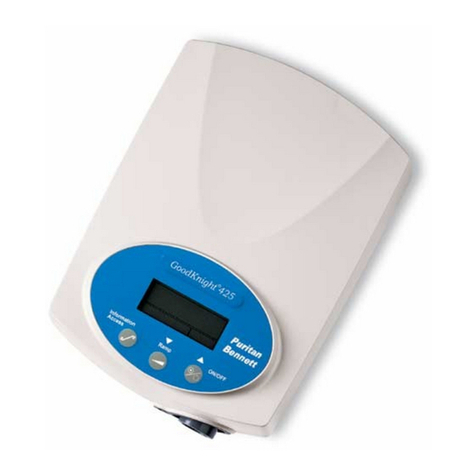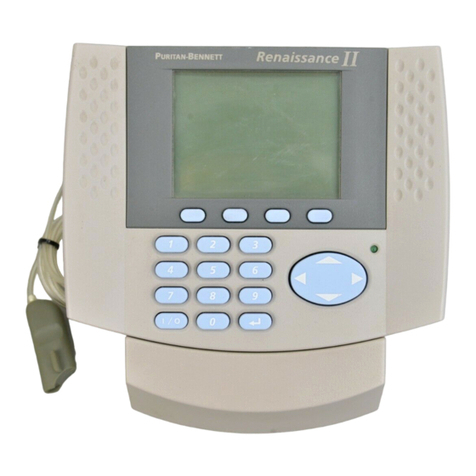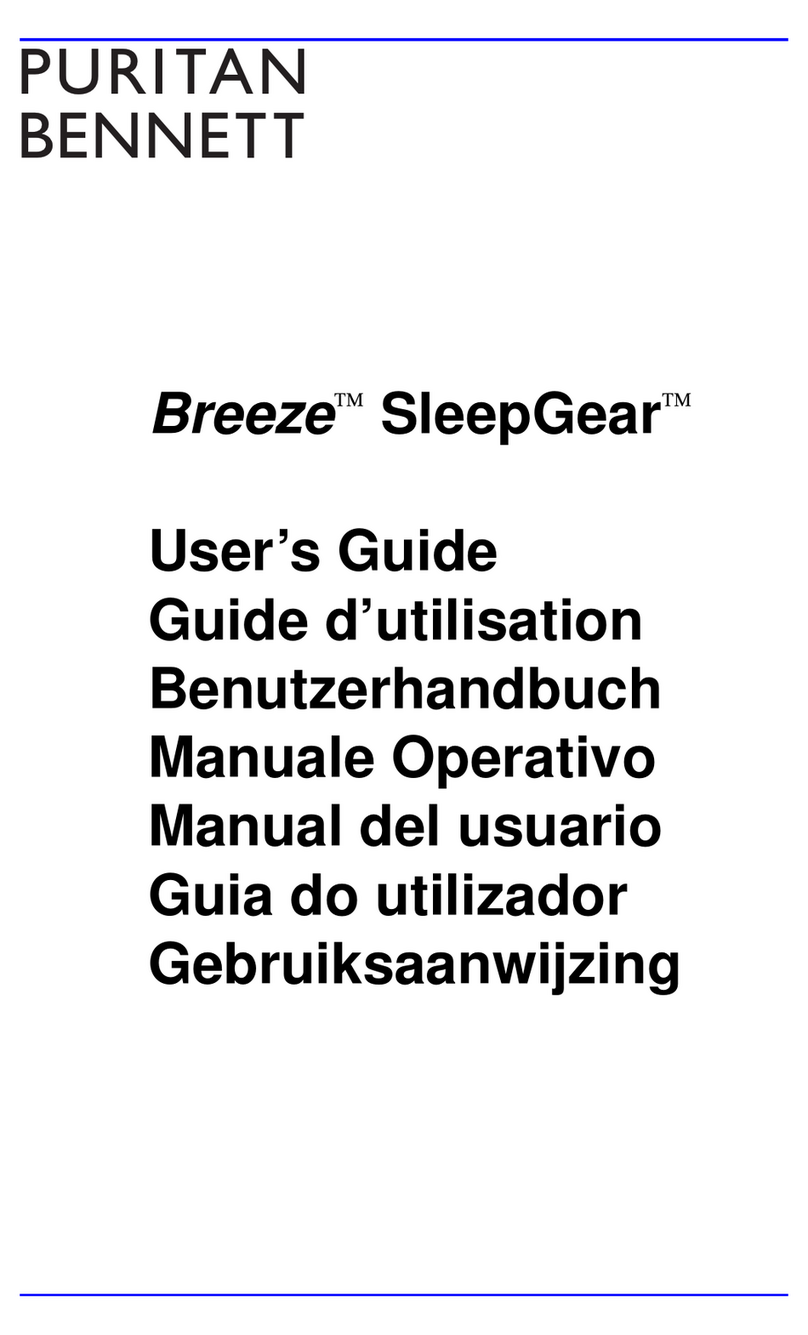
6.3.1 Removal ................................................................................................... 6-5
6.3.2 Service ..................................................................................................... 6-6
6.3.3 Installation ............................................................................................... 6-6
6.4 Pressure Indicator (Standard Reservoir Only) ................................................. 6-7
6.4.1 Removal ................................................................................................... 6-7
6.4.2 Service ..................................................................................................... 6-7
6.4.3 Installation ............................................................................................... 6-7
6.5 Fill Connector Release Assembly .................................................................... 6-8
6.5.1 Removal ................................................................................................... 6-8
6.5.2 Installation ............................................................................................... 6-8
6.6 Male Fill Connector ......................................................................................... 6-8
6.6.1 Removal ................................................................................................... 6-8
6.6.2 Inspection ................................................................................................ 6-9
6.6.3 Service ..................................................................................................... 6-9
6.6.4 Disassembly ............................................................................................ 6-9
6.6.5 Reassembly .............................................................................................. 6-10
6.6.6 Installation ............................................................................................... 6-10
6.7 Vent Valve .......................................................................................................... 6-11
6.7.1 Removal ................................................................................................... 6-11
6.7.2 Inspection ................................................................................................ 6-11
6.7.3 Service ..................................................................................................... 6-11
6.7.4 Disassembly ............................................................................................ 6-11
6.7.5 Reassembly .............................................................................................. 6-12
6.7.6 Installation ............................................................................................... 6-12
6.8 Relief/Economizer (R/E) Valve ............................................................................ 6-13
6.8.1 Removal ................................................................................................... 6-13
6.8.2 Installation ............................................................................................... 6-13
6.8.3 R/E Valve Adjustment .............................................................................. 6-14
6.9 Secondary Relief Valve ...................................................................................... 6-16
6.9.1 Removal ................................................................................................... 6-16
6.9.2 Installation ............................................................................................... 6-16
6.10 Warming Coil ................................................................................................... 6-16
6.10.1 Removal ................................................................................................. 6-16
6.10.2 Installation ............................................................................................. 6-17
6.11 Economizer Tube Assembly ............................................................................ 6-17
6.11.1 Removal ................................................................................................. 6-17
6.11.2 Installation ............................................................................................. 6-18
6.12 Pressure Regulator (Standard Reservoir Only) ................................................ 6-18
6.12.1 Removal ................................................................................................. 6-18
6.12.2 Service ................................................................................................... 6-18
6.12.3 Installation ............................................................................................. 6-18
6.12.4 Adjustment ............................................................................................ 6-19
6.13 Oxygen Outlet Block (Universal Reservoir Only) ............................................ 6-20
6.13.1 Removal ................................................................................................. 6-20
6.13.2 Installation ............................................................................................. 6-20
6.14 Cryogenic Container ........................................................................................ 6-20
6.14.1 Removal ................................................................................................. 6-20
6.14.2 Installation ............................................................................................. 6-21
6.15 Purging the Container Liquid Sense Tube ....................................................... 6-21
vii
B-701693-00 Rev. C































